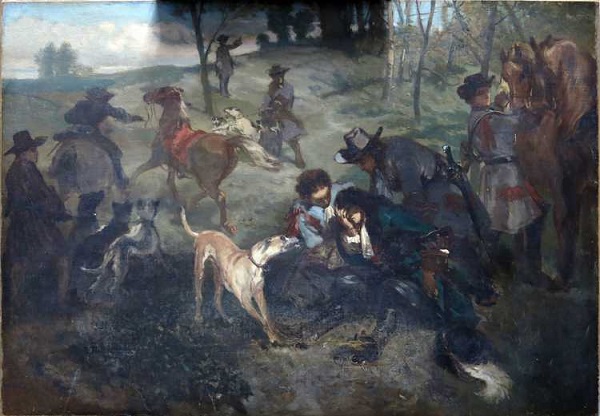The Concept of Death for the Church and for Science (George Mantzarides, Professor Emeritus of the Theological School of the Aristotle University of Thessaloniki)
16 Ιουλίου 2017
[Previous post: http://bit.ly/2t57jOn]
The definition of death in the Church and in science
The definition of death is at its most crucial in heart transplants. The Church sees our death as a mystery of separation, or of the exit of the soul from the body[1]. Modern science often equates death with brain death. This death is defined through the mechanistic anthropology of modern science as the irreversible cessation of the function of the brain, with the irrevocable loss of consciousness. But though the irreversible cessation of the function of the brain can be defined on a purely biological level, the irrevocable loss of consciousness, which according to the Church’s view of our nature has to do with the soul, cannot be sought at this level.

If we equate the separation of the soul from the body with the irreversible cessation of the activity of the brain, in other words, if we equate the Church’s view on the death of a person with brain death, this is a subjective position. According to the Church’s view of the human person, the soul, as a particular essence, is present in the whole of our body and is what binds it together. The brain is not the receptacle of the soul, but an organ of it[2]. Necrosis of the brain means that the soul is no longer able to express itself, but not necessarily that it has ceased to exist. According to the modern medical view of the human person, which sees the soul as psychic phenomena or psychic activity, brain death is equated with the cessation of psychic activity and therefore with the absolute loss of any consciousness. It’s obvious, then, that disagreements regarding the issue of brain death in the end come down to confusion about the essence and activity of the soul. In the Church’s view of human nature, the soul has a particular essence and activity. In the view of modern science, however, the soul is merely activity. Necrosis of the brain, or brain death simply means cessation of its activity. For medical science, this means the complete loss of consciousness, but in the Church’s view it only means the cessation of its active process.
In the end, death as the separation or exit of the soul from the body continues to be a mystery. Nobody can say for certain that it coincides with brain death. It may coincide, it may precede and it might even follow. People who were clinically dead and have later come back to life underwent the separation of the soul from the body and had intense out-of-body experiences, which they were then able to recount. This might be considered an indication of the separation or exit of the soul from the body before brain death, given that the cessation of brain function is not reversible and it is not possible to return to life if this has occurred. But people have returned to life after the cessation of the cardio-vascular system due to a heart infarction. This means that any cessation of the cardio-vascular system is not the definitive and irrevocable separation of the soul from the body. But what, then do we say about the separation of the soul from the body when a patient’s cardio-vascular system is functioning because they’re on life-support? There is, as yet, no answer to this question.
(to be continued)





